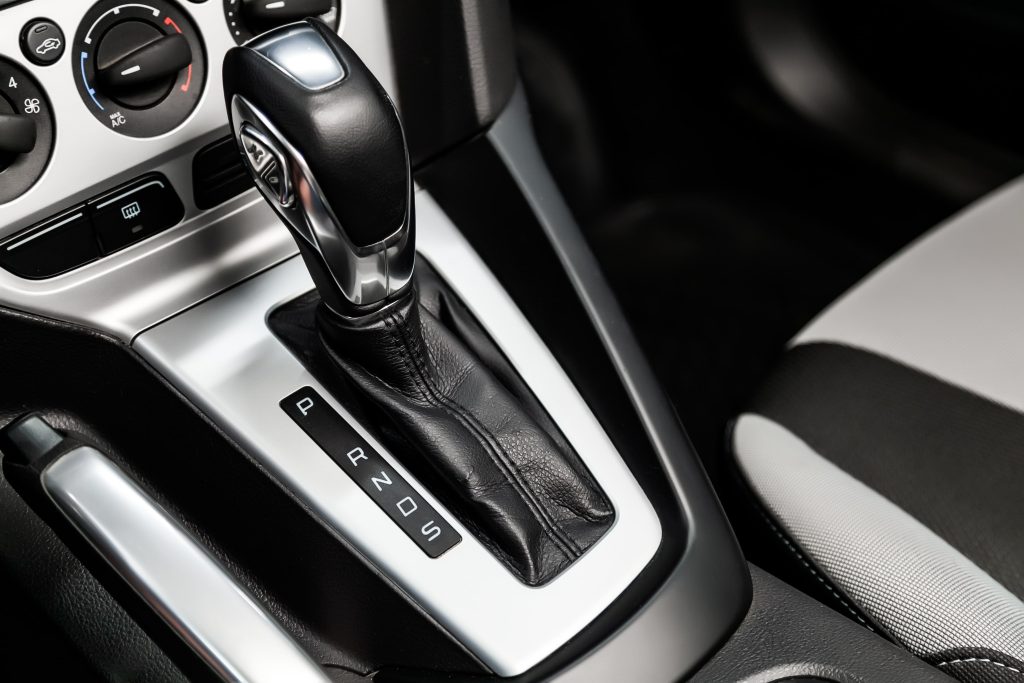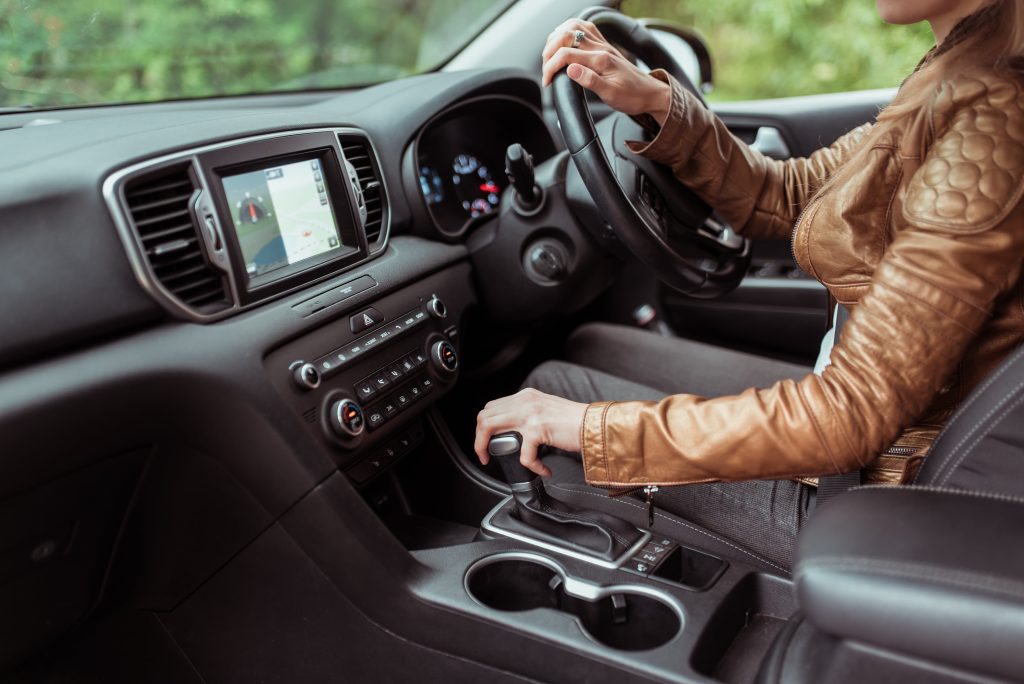
How to Drive an Automatic Car
A Guide for Beginners
Driving an automatic car is often considered easier than driving a manual, making it a popular choice for many drivers. Whether you’re new to driving or transitioning from a manual, this beginner guide from Summit Garage will walk you through the essentials of driving an automatic car. We’ll cover step-by-step instructions, how long it takes to learn, the ease of driving an automatic, and tips for driving in snowy conditions.
How to Drive an Automatic Car: Step by Step
- Familiarise Yourself with the Controls:
- Gear Shift: Typically located between the front seats or on the steering column.
- Pedals: Only two – the accelerator (right) and brake (left).
- Starting the Car:
- Ensure the car is in ‘P’ (Park).
- Press the brake pedal.
- Insert the key and turn it or press the start button.
- Selecting Gears:
- P (Park): For starting the car and parking.
- R (Reverse): For backing up.
- N (Neutral): For idling or when the car needs to be towed.
- D (Drive): For moving forward.
- Moving the Car:
- With your foot on the brake, shift from ‘P’ to ‘D’ or ‘R’.
- Gently release the brake and press the accelerator to move.
- Stopping:
- Press the brake pedal to slow down or stop.
- Shift to ‘P’ when parking.
- Parking:
- Come to a complete stop with the brake.
- Shift to ‘P’ and turn off the engine.

When to Use Neutral in an Automatic Car
Neutral (N) in an automatic car disengages the engine from the wheels, meaning the car can roll freely without engine power. Here are some appropriate uses for Neutral:
- At Car Washes: Some automatic car washes require your car to be in Neutral to move it through the cleaning process.
- Towing: If your car needs to be towed, shifting to Neutral allows the wheels to roll without engine interference.
- Emergency Situations: If you experience a sudden loss of control or need to restart your car in motion, shifting to Neutral can help.
Note: It’s generally not recommended to shift to Neutral while driving or when stopped at traffic lights, as it can reduce control and isn’t necessary for most driving conditions.

How Long Does It Take to Learn to Drive an Automatic Car?
The learning curve for driving an automatic car is generally shorter compared to a manual. Most people can feel comfortable driving an automatic within a few hours of practice. Typically, it takes about 10-15 hours of driving to become proficient, but this varies based on individual ability and confidence.
How Easy Is It to Drive an Automatic Car?
Driving an automatic car is relatively straightforward. The absence of a clutch pedal and gear shifting simplifies the process, allowing you to focus more on steering, braking, and observing traffic. Here are some reasons why many find it easier:
- Less Physical Effort: No need to coordinate clutch and gear shifts.
- Smoother Ride: Automatic transmission provides a seamless driving experience.
- Simplified Driving: Ideal for city driving with frequent stops and starts.
How to Drive an Automatic Car in Snow
Driving in snowy conditions can be challenging, but an automatic car can offer a more manageable experience. Follow these tips to stay safe:
- Prepare Your Car:
- Ensure your car is equipped with snow tires or chains.
- Keep your windshield and windows clear.
- Starting and Stopping:
- Start gently to avoid wheel spin.
- Increase your following distance to allow more stopping time.
- Use a lower gear (if available) to help with traction.
- Driving:
- Drive slowly and smoothly to maintain control.
- Avoid sudden acceleration, braking, or sharp turns.
- Use the ‘Snow’ or ‘Winter’ mode if your car has one.
- Braking:
- Use gentle, steady pressure on the brake pedal.
- If your car starts to skid, ease off the brake and steer into the skid to regain control.
Driving an automatic car can be a liberating experience, offering ease and comfort, especially in heavy traffic or challenging weather conditions. By following the steps outlined in this guide, you’ll be well on your way to mastering your automatic car. Remember, practice is key, so take your time, stay calm, and enjoy the ride!
For more tips and advice on driving, visit Summit Garage. Safe driving!



